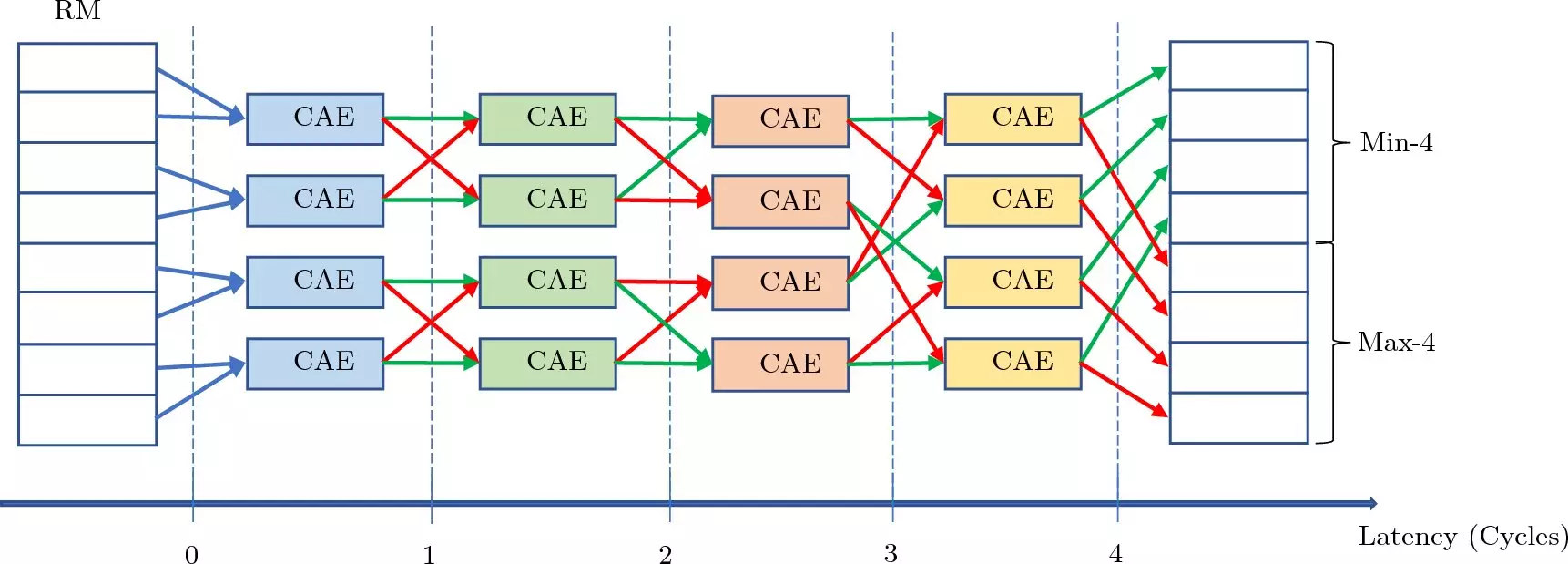Particle physics has always been a field of groundbreaking discoveries and uncharted territories. Scientists working at the Large Hadron Collider are on the brink of unraveling one of the universe’s deepest mysteries with the help of artificial intelligence. The quest for dark matter, an invisible substance that outweighs ordinary matter, could finally be within reach thanks to cutting-edge technology and innovative approaches.
Ordinary matter, which constitutes people and planets, is only a fraction of the cosmos. Scientists like Ashutosh Kotwal are hot on the trail of dark matter, an enigmatic material that remains elusive. Despite its unseen nature, dark matter exerts its influence through gravity on celestial bodies. By utilizing the Large Hadron Collider as a massive observatory, researchers aim to capture fleeting glimpses of dark matter in action.
In a groundbreaking design described in the journal Scientific Reports, Kotwal introduces a revolutionary approach to detecting dark matter particles. By employing artificial intelligence, specifically a fast algorithm named “track trigger,” researchers can swiftly identify and isolate the disappearing tracks left by heavy charged particles decaying into dark matter. This innovative method allows for real-time analysis and selective data storage, ensuring that crucial information is not overlooked amidst the deluge of particle collisions.
The advancement in image recognition technology is essential for sifting through vast amounts of data generated by the Large Hadron Collider. With detectors capturing 40 million snapshots per second, scientists need to discern valuable information from the background noise swiftly. Kotwal’s track trigger algorithm, operating at lightning speed, divides the task among numerous AI engines embedded in a silicon chip. This approach enables the automatic identification and prioritization of significant particle interactions within nanoseconds.
The transition from theory to practice is underway as Kotwal and his team plan to construct a prototype of the AI-powered device. Through the integration of approximately 2000 chips, the full-scale implementation of the technology at the LHC detectors promises to enhance particle detection capabilities significantly. With the accelerator ramping up its performance and generating an increasing number of particles, the need for efficient data processing tools becomes paramount.
As the scientific community anticipates the completion of Kotwal’s device in the coming years, the potential for a breakthrough in dark matter research looms large. The ability to capture elusive particles in the act of decay could revolutionize our understanding of the universe’s composition. With artificial intelligence leading the charge, particle physicists are poised to unlock the mysteries that have long eluded detection.
The intersection of particle physics and artificial intelligence represents a paradigm shift in scientific exploration. By harnessing the power of advanced technologies, such as the track trigger algorithm, researchers are pushing the boundaries of what is possible in the realm of particle detection. The pursuit of dark matter and other enigmas is now within closer reach, thanks to the innovative synergy between human ingenuity and machine learning.


Leave a Reply